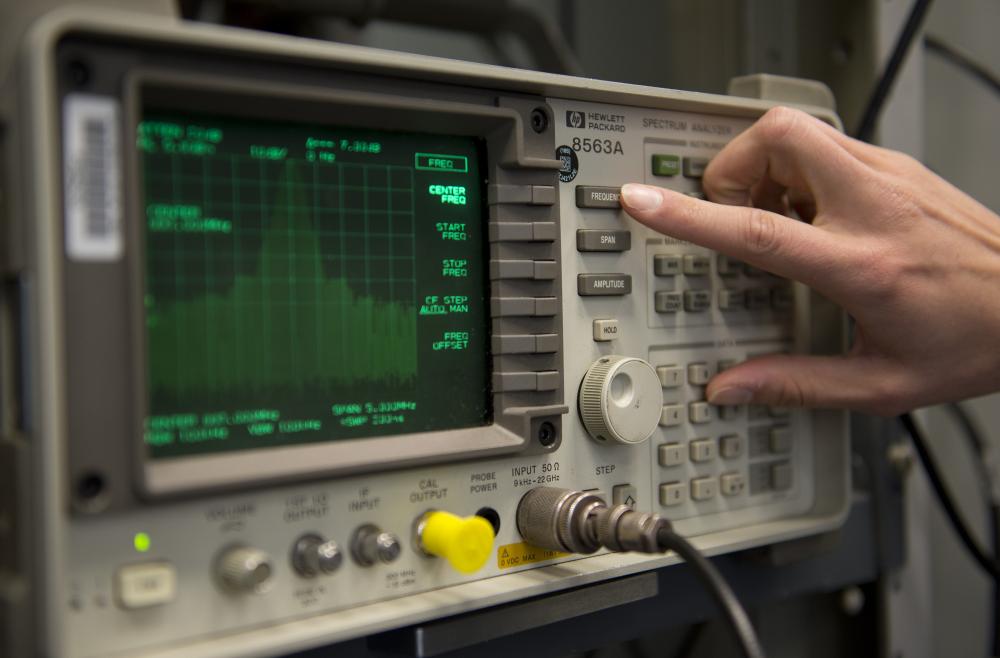

RED is the legal document that instructs EU member states about the legal framework for placing radio equipment on the market in the EU. As with other EU directives, it explains the "essential requirements" for radio equipment. These basic requirements of RED are to ensure the protection of health and safety, adequate electromagnetic compatibility (EMC) and effective and efficient use of the radio spectrum. Directives are not standard.

Radio Devices Regulation is now in effect. RED must be used for all products covered by it and not yet placed on the EU market after 12 June 2017. This means that even products currently sold in compliance with R & TTE must comply with the RED to continue to be placed. in the market after this date.
The easiest way to comply with RED's basic requirements is a self-report based on the use of harmonized standards to address the risks associated with using a product. A harmonized standard is a European standard published in the Official Journal of the EU. These are typically developed by recognized European Standards Organizations: CEN, CENELEC or ETSI. Assumption of compliance with basic requirements is assured and no additional measures are required when harmonized standards are used, and risk analysis findings show that the use of harmonized standards covers risks.
There are some harmonized standards for efficient and effective use of the radio spectrum (i.e. listed in the EU Official Journal). Harmonized standards are not available for all product types and there are no harmonized standards for EMC and Security. This means that other tools must be used to demonstrate suitability. RED addresses this with a risk assessment. This risk assessment is used to determine how normal and predictable uses are described in the selection and use of standards to demonstrate compliance with essential requirements. For example, in the case of EMC, the risk assessment can determine that a compliant standard for the EMC directive covers all EMC risks.
If compatible standards are not available for efficient and effective use of the spectrum, an approved body should be included in the assessment of conformity to essential requirements. This is done by evaluating the product for parts (or all if required) of the essential requirements and then issuing a Type Inspection Certificate by the notified body. The list of harmonized standards for directives is published in the official journal of the EU and at https://ec.europa.eu/growth/single-market/european-standards/harmonised-standards/rtte_en.
It should be noted that the harmonized standards for RED are not the same as the harmonized standards for R & TTED. This is primarily due to the fact that receiver performance is included in the RED. For R & TTED, receiver performance was a non-essential quality issue, but required by RED. For products evaluated using R & TTED standards, it is not necessary to repeat the test for unchanged requirements in RED standards.
If a Type Review is required, a Notified Body assessment request must be made to the following items.
CE mark, warning symbol and Notified Body number and country are included in the implementation of the notifications. For RED, it is for the CE mark on the product and packaging, but not in the user instructions. A warning symbol is not used in RED, instead a diagram should be used in the packaging and in the user instructions that show country restrictions.
The participation of the notified body for R & TTED comes because the number of notified bodies is part of the product labeling. For RED, this is only for compliance with a notified body RED. If the review used by the notified body is used, the notified body number is not used.
To get an appointment, to get more detailed information or to request an evaluation, you can ask us to fill in our form and reach you.